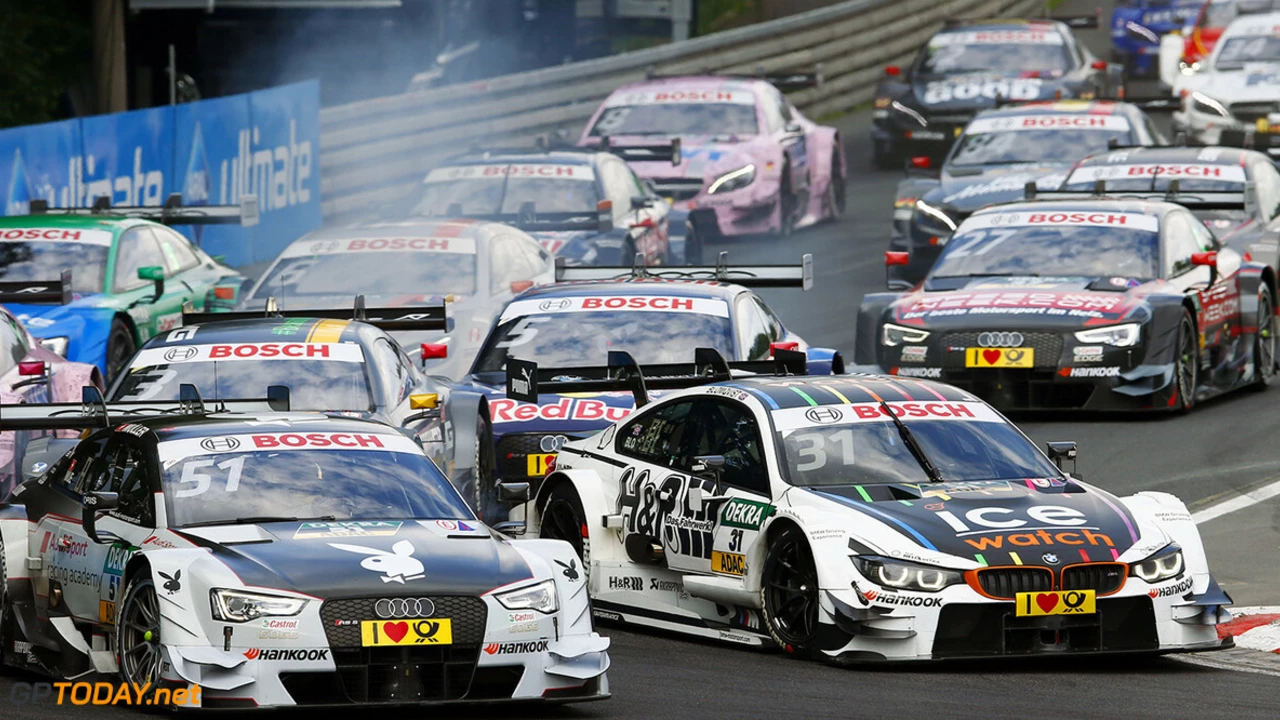Formula 1 Racing: Speed, Stories, and Why It Rules the Track
When you hear the term Formula 1, you picture roaring engines, razor‑sharp corners, and a global fan base that treats every Grand Prix like a holiday. At Knotts MotoSports Hub we bring you the freshest updates, practical tips, and the kind of chatter that keeps you glued to the screen.
From the latest podium finishes to behind‑the‑scenes tweaks that can shave a tenth of a second off a lap, we cover it all. Want to know why a 2024 F1 car can hit 230 mph and still take a corner tighter than a city street? Keep reading – we break it down without the jargon.
What Makes an F1 Car the Fastest?
First off, an F1 car isn’t just a fast car; it’s a flying machine built for precision. The hybrid power unit combines a turbocharged V6 with an energy‑recovery system that pumps out nearly 1,000 horsepower. That raw power meets aerodynamics in a delicate dance – front and rear wings adjust on the fly to balance downforce and drag.
Take acceleration: 0 to 60 mph in under 2.5 seconds. That’s quicker than most supercars and rivals any drag‑strip champion. The carbon‑fiber chassis keeps weight down, while sophisticated suspension lets the car hug the tarmac at over 200 g in cornering force. In short, every component is tuned to shave milliseconds, and those milliseconds add up to championship titles.
Why F1 Beats Other Motorsports in Popularity
F1’s global reach beats NASCAR, IndyCar, and even MotoGP when it comes to audience size. One reason is history – the sport’s been thrilling fans since the 1950s, building legends like Senna, Schumacher, and Hamilton. Another factor is the money: big budgets mean flashy liveries, star‑studded events, and top‑tier broadcasting that lands on every major network.
Fans also love the drama. A single mistake in Monaco can turn a leader into a backmarker, while rain at Spa turns the race into a high‑stakes gamble. Add the tech‑obsessed audience that dives into data, and you’ve got a perfect recipe for endless discussion on forums, social media, and sites like ours.
Our tag page pulls together the most talked‑about pieces on Formula 1. Check out the speed showdown where we compare F1, NASCAR, and IndyCar – spoiler: F1 still takes the crown. Also, read our deep dive on why F1 enjoys a broader fan base than MotoGP, touching on history, budgets, and media coverage.
If you’re curious about car setup or want to understand the science behind tyre choices, we’ve got beginner guides that walk you through the basics without drowning you in technicalities. And for the die‑hard fans, we feature race‑by‑race recaps, driver interviews, and insider rumors that keep the community buzzing.
Whether you’re watching the next Grand Prix or just getting your feet wet, Knotts MotoSports Hub gives you the facts, the fun, and the feels of Formula 1 racing. Gear up, hit refresh, and stay in the fast lane with us.

Why hasn't BMW & Audi joined Mercedes in Formula 1 racing?
Aug 2, 2023, Posted by Maverick Leclair
Well, my friends, it's a curious case of the missing German marques in Formula 1, isn't it? You'd think BMW and Audi would be revving alongside Mercedes, but alas, they're not. It's not that they're afraid of a little rubber on the road! Instead, it boils down to priorities. You see, both BMW and Audi are focusing their efforts on technological advancements in other areas, such as electric and autonomous vehicles. They're playing the long game, while Mercedes are having a blast on the racetrack. Different strokes for different German automotive folks, I guess!
MORE